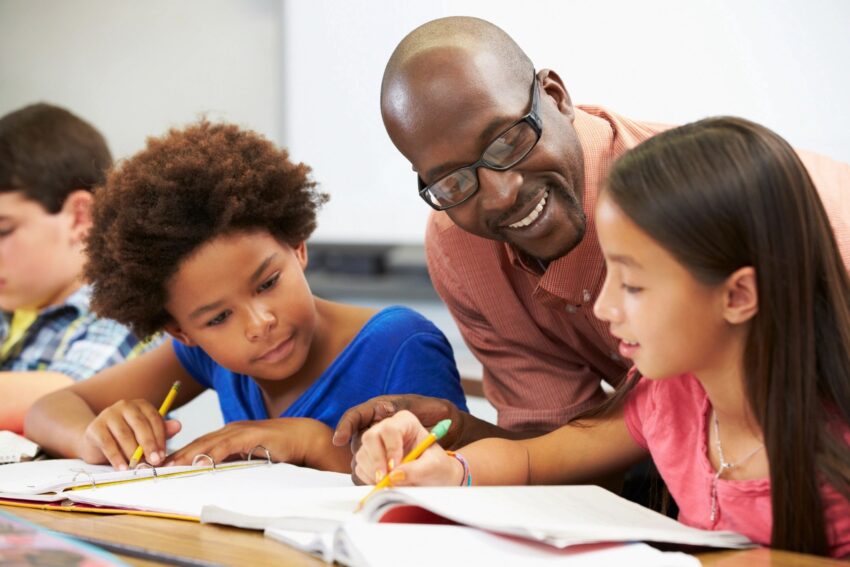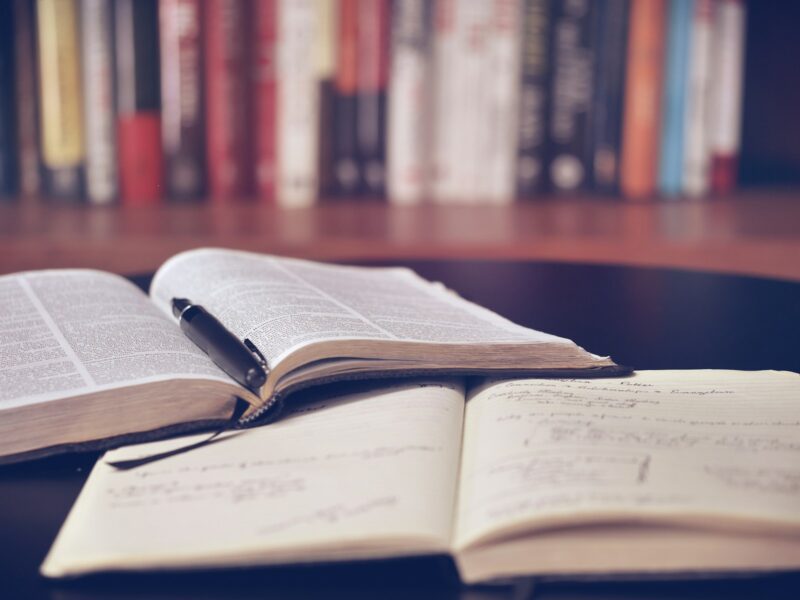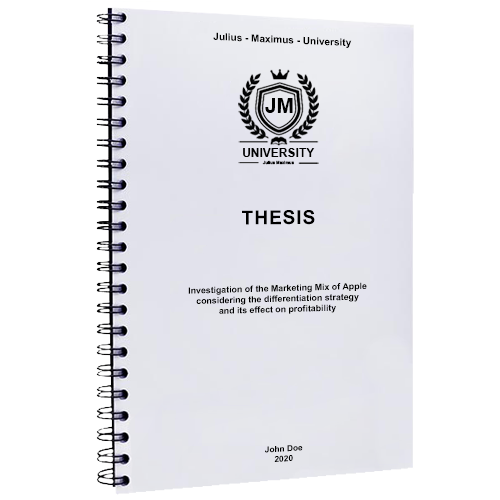Inclusivity is a revolution in itself. Gone are the days when specially-abled children were confined to special-ed classes and only allowed outside interactions during lunch or playtime. Recent research suggests that special-needs children thrive better when surrounded by their peers. When together, students with and without disabilities have more significant opportunities to foster life-long bonds and learn crucial life lessons.

Teachers play an integral role in improving students’ academic performance and social growth with learning disabilities, like ADHD and autism spectrum disorder. How? By structuring their classrooms to cater to their individual needs.
Through some customized teaching strategies accommodating differently-abled students, teachers can effectively create all-inclusive classrooms. So, below are a few tips to guide in improving your differently-abled students’ learning and, in turn, their overall growth.
Promote Inclusivity In The Classroom
It may seem like an excellent approach to create different activities and academic plans for special needs students. However, it can be counterproductive. Instead, focus on incorporating disability services in the overall class plan. Be innovative and try educating your entire class regarding disabilities by highlighting your differently-abled students’ voices.
Until proven otherwise, operate with the belief that all your students are equally capable of attempting or achieving something. Avoid assuming what your differently-abled students can and cannot accomplish, so you don’t limit their potential. When you allow your whole class an unbiased opportunity to succeed and encourage them when they don’t, you’re setting an example for your students to follow. Moreover, employing the holistic education approach can also promote inclusivity, as it looks beyond the test-centric curricula and traditional intelligence.
Be Organized And Limit Classroom Distractions
The majority of special needs students require a balance of structure and unstructured processes in their learning. One way to do so is by creating a separate space for labeled stuff, using symbols or words, on your student’s desks. Another option is making checklists to help students maintain their notebooks and schoolwork. Though it’s best they learn to do this by themselves; you should follow up once in a while to see if anything needs improvement. Now for the unstructured part. You can allow specially-abled students to switch places with other students during class or assign tasks involving mobility.
Additionally, students with learning disabilities can struggle to hear and follow directions if their surroundings have many distractions. Any additional noise like the sound of people talking or walking by can be irritating and distracting. As a countermeasure, give scheduled breaks in-between classes/lessons and seat specially-abled students in an area with few distractions. For instance, avoid assigning them seats near open doors, windows, or the air conditioner.
Give Simple, Manageable Instructions
If you’re teaching students with hearing disabilities, you must maintain clarity and comprehension in your class instructions. Steer clear of any difficult jargon and language that’s likely to overwhelm audibly impaired students. It’s a good idea to give out your instructions using easy, declarative sentences.
Use Multi-Sensory/Visual Aids
Above everything else, an educator needs to recognize the unique ways in which children learn. And so, they must implement multi-sensory strategies in the classroom to enable effective learning. While differently-abled students may find one area of learning incredibly challenging, they might outshine the whole class in some other. Therefore, you should use diverse teaching techniques, such as a combination of auditory and visual cues.
Also, provide physical and tactile learning opportunities. For instance, you can use physical cues like a light tap or touch when the students get distracted. When you put effort and creativity into your class plans, you allow your differently-abled to dive into their imaginations and attempt new things. Keep your lessons well-structured and familiar with engaging and innovative content.
Encourage Peer Partnerships
The ideal way to encourage peer friendships is by pairing differently-abled students with the ones without any disabilities. According to experts, peer partnerships and peer mentoring are excellent tools for improving problem-solving, decision-making, sociability, and independence in special needs kids. This exchange leads to a mutual appreciation for individual differences. The kids with learning disabilities and those without them recognize each other’s weaknesses and strengths and learn from each other’s experiences.
Be Accessible
Most students shy away from speaking up or asking questions in front of their peers due to fear of embarrassment. This situation’s tricky as the students might not be grasping the class material properly or falling behind the rest. In such circumstances, some students may want to come and discuss the problem with their teacher personally. Therefore, you must ensure your students know your office hours and whereabouts to have a one-on-one about any issues they may be facing.
Pay Attention To Student Strengths
Suppose a student is fond of football and red pandas while another loves books more than anything. In this scenario, both these kids deserve an equal opportunity to showcase and hone their preferred subjects’ expertise. For that reason, it’s good to develop a personalized lesson plan for your class. Do you know when special needs students improve the most? When they study lesson plans specially curated for their individual needs.
In a Nut Shell
Undoubtedly, being a teacher has its ups and downs, and some days are more challenging than others. Managing differently-abled students is one of those challenging roads that teachers must traverse, one way or the other. However, with adequate teaching strategies, learning can be a fruitful and growth-inspiring experience for all involved. This article discussed some ways to improve classroom learning for differently-abled students. These comprise using multi-sensory strategies, limiting distractions, encouraging peer relationships, and giving simple instructions.


